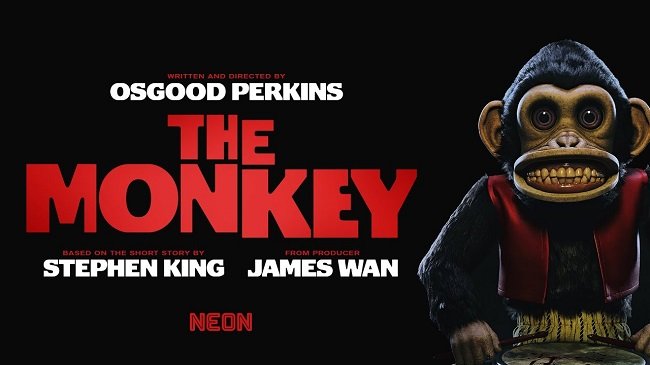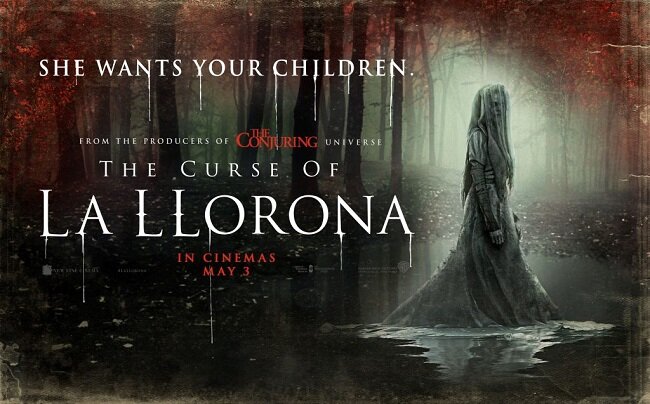Murders in the Zoo (1933)
Murders in the Zoo was made towards the end of the first, post sound horror boom and just before the rigorous enforcement of The Motion Picture Production Code came into effect in 1934. The latter point is relevant because despite its age and being very much a product of its time, this movie has a grisly streak running through it. Had it entered production a year later I suspect it would have been a lot tamer both visually and thematically. Murders in the Zoo begins and ends with scenes that certainly leave an impact and stay with the viewer. Most casual movie viewers probably consider pre-war cinema to be theatrical in its acting style and somewhat tame, but that is not the case with Murders in the Zoo and many other movies from this time. Until tighter regulation was introduced, there was a brief period between 1928 and 1934 when movies were as violent and lurid (in principle) as contemporary cinema. All the things that are deplored today in certain quarters, where equally decried then.
Lionel Atwill stars as the wealthy zoologist and big game hunter Eric Gorman. We meet him at the start of the movie in the jungles of French Indochina. Initially it appears that Gorman is assisting his colleague, Taylor. Perhaps he’s had an accident and Gorman and his two “native bearers” are providing emergency first aid. Gorman is certainly busy with a needle and thread. But the dialogue takes a sinister turn. It would appear Taylor has shown too much interest in Gorman’s wife Evelyn (Kathleen Burke), kissed her and lied to Gorman about it. And so Gorman has sewn Taylor’s mouth shut and bound his wrists behind his back. He then abandons him in the jungle and leaves him to his fate. Later locals inform Gorman at his camp, that his friend has been eaten by Tigers.
This powerful opening clearly establishes the story arc for Murders in the Zoo. Returning to the US with a collection of animals for the municipal zoo, Gorman subsequently discovers that his wife intends to leave him for another man, Roger Hewitt (John Lodge). Gorman takes advantage of a gala fundraising event at the Zoo to poison Hewitt and subsequently blame his death on a Green Mamba that he has recently donated. However, the zoos resident toxicologist, Jack Woodford (Randolph Scott), doesn’t care to be blamed for the snakes escape and suspects that Gorman is not telling the truth. Jack’s assistant and fiancée Jerry Evans (Gail Patrick) also doesn’t trust Gorman. When Evelyn Gorman discovers that her husband has a mechanical Mamba head in his desk filled with venom, she realises that her husband is a murderer. However Gorman has no intention of allowing his wife to inform the authorities, so he pushes her into the Alligator pit at the zoo. Can he cover his tracks or will Jack Woodford uncover his secret?
Murders in the Zoo runs for just over an hour, yet packs quite a lot in during that time. Lionel Atwill excels as the psychopathic Eric Gorman who swings quickly from homicidal maniac to passionate lover. The movie hints quite heavily at an abusive relationship and sexual violence. The death of Evelyn is quite shocking and Gorman’s inevitable demise is also equally powerful. Performances are in the acting idiom of the thirties and are somewhat theatrical but this was the prevailing style. Once again it is best for contemporary viewers to remind themselves of the context of the times, so they can see beyond the somewhat dated trappings of the production. I found Atwill’s visual acting ticks, such as his slow burn sinister looks, endearing and a reminder of how many actors of the time came from a theatrical background. The film also attempts to offset the gruesome aspects of the plot with liberal doses of humour. Charlie Ruggles plays the zoo’s press agent. The hilarity stems from the fact that he’s a “comedy drunk” (a standard trope at the time) who is also afraid of all the animals.
Effectively directed by the versatile A. Edward Sutherland, who could turn his hand to musicals, comedies and dramas, Murders in the Zoo is efficient horror thriller. It isn’t for everyone and I wouldn’t recommend such a film to casual viewers. But for horror aficionados, this is an unusual and quite hard-hitting piece of pre-code film making. It is also notable for several scenes in which the cast clearly interact with live animals, in a manner that wouldn’t be countenanced today. Randolph Scott handles a live Mamba on two occasions and Charlie Ruggles “boops the snoot” of a Lion. There’s also a sequence at the movies climax, when the animals are released from the cages and some of the big cats fight among themselves and they’re definitely not playing. Murders in the Zoo has recently been released on Blu-ray as part of the Universal Horror Collection: Volume 2. It is a beautiful print and will certainly be of interest to hardcore movie collectors.




























